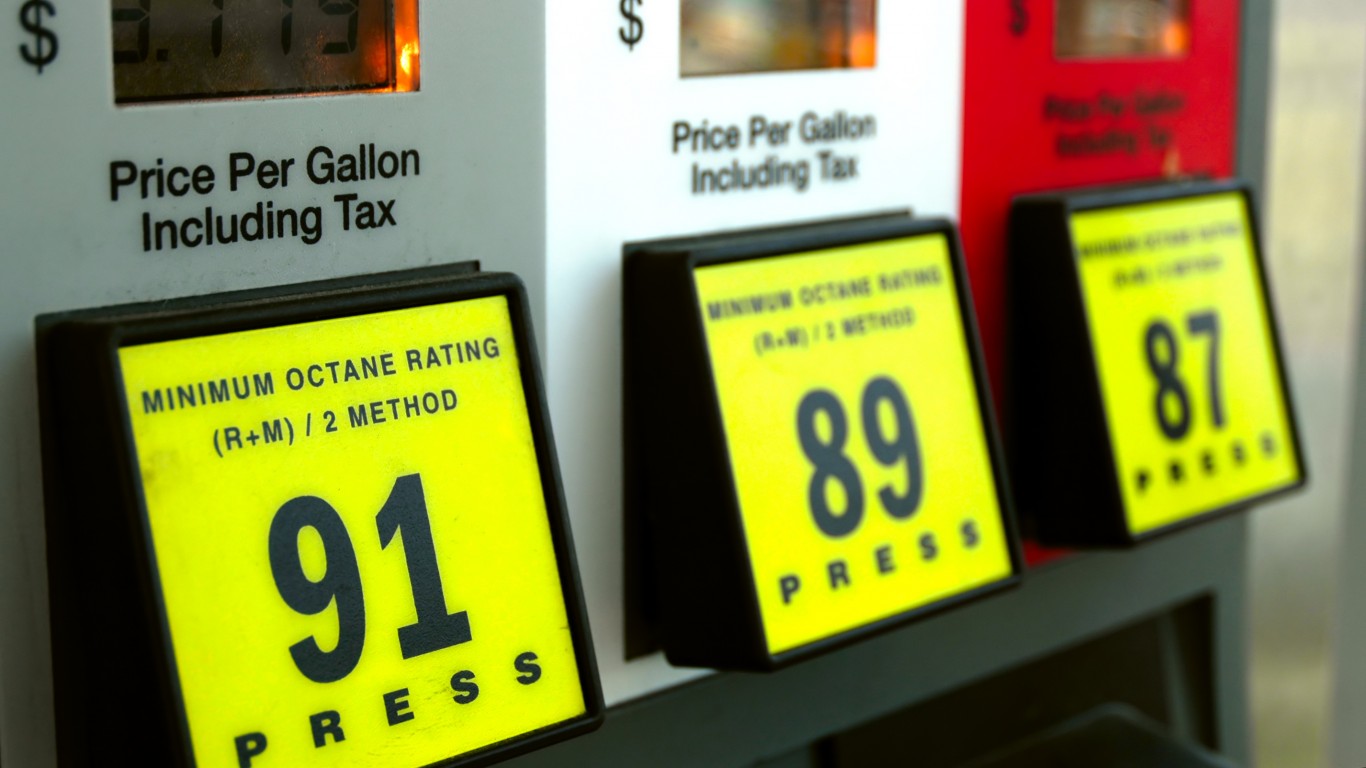
The U.S. Energy Information Administration (EIA) reported Wednesday morning that the U.S. commercial crude oil inventory rose by 1.4 million barrels last week. Crude oil production rose by 500,000 barrels a day to 11.0 million barrels, slightly above the four-week average but well below the cumulative daily average so far this year of around 12.3 million barrels.
Gasoline inventories fell by 1.7 million barrels last week while production of finished gasoline rose by 738,000 barrels a day to 8.6 million barrels.
The decline in gasoline demand has recovered about half its drop since the COVID-19 pandemic virtually shut down the U.S. economy. According to IHS Markit’s Oil Price Information Service (OPIS), retail gasoline sales were down 49% year over year in the second week of April.
For the second week of June, retail sales are down 22% year over year, although regional disparities remain. OPIS president Fred Rozell commented, “There is still more ground to cover, but the positive trends are a sign of recovery.”
OPIS head of energy analysis, Tom Kloza, noted that the gap between retail sales in 2019 and this year is closing, but it is not expected to reach parity with last year’s demand. Americans are driving now instead of taking public transportation or taking short airplane trips.
Those gains are not going to last, Kloza said: “[Rising demand] will be offset by less commuting and more working from home, the cancellation of sporting events, still-high unemployment levels and possibly a second wave of the virus in the autumn.”
Sales volume in the Northeast was down 27% compared to the same period last year. Massachusetts was down most, off 33% from year-ago volume.
In the West, volume is down 25% year over year and California, the nation’s biggest gasoline market, is down 26%. Colorado has posted the largest recovery in the region and is now 20% below last year’s volume.
Other states where gasoline sales were coming back strongly were Indiana (down 15% year over year), Florida (down 19%), and Texas (down 18%). Stay-at-home orders expired on April 30 in Texas and May 4 in Florida.
Texas Governor Greg Abbott has urged people to remain at home as hospitalizations for COVID-19 soar in the state. More than 5,000 new cases were reported in Texas on Tuesday. In Florida, officials confirmed nearly 3,300 new cases on Tuesday.
According to retail gas price tracker GasBuddy, the U.S. national average price for a gallon of regular gas is currently $2.16, more than 20 cents higher than the month-ago price, but down nearly 51 cents compared to the same day last year.
Only in Hawaii ($3.45) and California ($3.05) is the price of gas above $3 a gallon. Mississippi ($1.79) and Louisiana ($1.81) have the nation’s lowest statewide averages.
West Texas Intermediate (WTI) crude oil traded down more than 5% following the EIA announcement at $38.22 a barrel. Brent crude, the international benchmark, traded down about5 4.7% at $40.72 a barrel.
Are You Ahead, or Behind on Retirement? (sponsor)
If you’re one of the over 4 Million Americans set to retire this year, you may want to pay attention.
Finding a financial advisor who puts your interest first can be the difference between a rich retirement and barely getting by, and today it’s easier than ever. SmartAsset’s free tool matches you with up to three fiduciary financial advisors that serve your area in minutes. Each advisor has been carefully vetted, and must act in your best interests. Start your search now.
Don’t waste another minute; get started right here and help your retirement dreams become a retirement reality.
Thank you for reading! Have some feedback for us?
Contact the 24/7 Wall St. editorial team.




